Freitagsbrot – A Sunflower Seed Treat
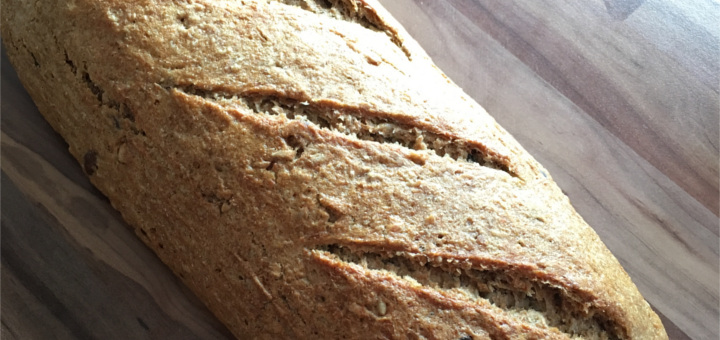
The bakery where I am currently interning makes a variety of breads throughout the week: potato bread on Mondays, garden bread on Tuesdays, rye bread on Wednesdays, spelt grain bread on Thursdays, and Friday bread on Fridays; these are in addition to their everyday loafs. Now, Friday bread really is called Sunflower bread, but it is sold and known to the locals as “Friday Bread” – a.k.a., Freitagsbrot. There is something about its tight crumb and the crunchiness of the nuts that make it very appealing and quite popular.
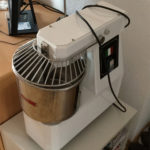 Accompanying on my journey for the first time is a recent purchase: a kneading machine. I was able to purchase this machine from a local brewer who is looking to expand his facilities (and needs funds). While I did not get a deal on the purchase, I was able to help out a buddy in the process: a donation. In my first attempt in using this apparatus, I notice that the kneading arm does not reach the bottom of the bowl, nor to the sides of the bowl. I find myself constantly stopping the machine in order to reincorporate ignored flour. Regardless, it still did do a very good job of thoroughly mixing the dough – and it was able to continually knead for much longer than I would have been able to.
Accompanying on my journey for the first time is a recent purchase: a kneading machine. I was able to purchase this machine from a local brewer who is looking to expand his facilities (and needs funds). While I did not get a deal on the purchase, I was able to help out a buddy in the process: a donation. In my first attempt in using this apparatus, I notice that the kneading arm does not reach the bottom of the bowl, nor to the sides of the bowl. I find myself constantly stopping the machine in order to reincorporate ignored flour. Regardless, it still did do a very good job of thoroughly mixing the dough – and it was able to continually knead for much longer than I would have been able to.
Freitagsbrot (approximately 1 kg)
- 390 g Whole Wheat Flour
- 250 g Rye Flour
- 64 g Fresh Yeast (1.5 cubes)
- 100 g Sunflower Seeds
- 45 g Pumpkin Seeds
- 20 g Salt
- Enough water for a workable dough
Master Tip: Soak the seeds in water overnight so that they do not steal moisture from the bread.
With my new purchase, I was able to dump the ingredients and let the machine do its thing. As I had mentioned, the machine’s incorporation of all the flour was a bit disappointing. However, the concern kept me watching the kneading process and ensuring enough water was added. As is typical for a rye flour bread, you will want to use more water that you would think; you should shoot for a slightly sticky dough. After rising, the dough will appear drier.
After removing the dough from the kneading machine, the loaf was formed and left to rise in a form. The loaf was then tipped out of the form onto a flat pan to bake at 225°C for 5 minutes and then 200°C for another 40 minutes (or until complete). The initial high temperature helps to form a quality crust, which aids in a better rise as the yeast perform their final, last-second activity before death. The remainder of the baking time allows for driving out additional moisture.
The results are a delicious and nutritious bread with an okay shelf-life given the rye flour. While butter is a favorite topping, I highly recommend some smoked liverwurst. Enjoy!
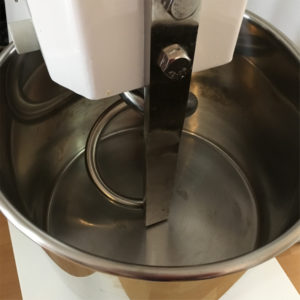

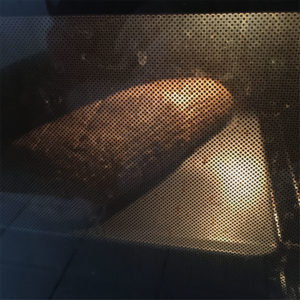
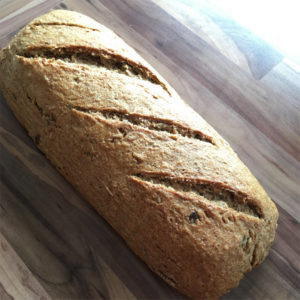


Gratulation zur Knetmaschine!
Many thanks, sir!